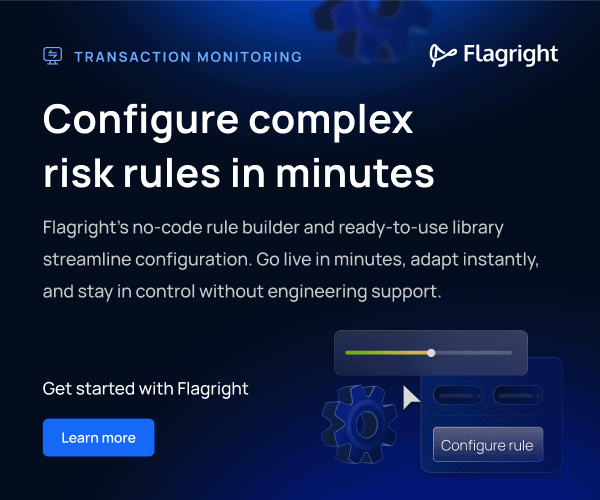The Wild West days of crypto were decentralised, unregulated, and outside the boundaries of traditional finance. Although the industry experienced breakneck growth, it also opened the floodgates to scams, volatility, and criminal misuse.
Today, it’s a sigh of relief as we see that era coming to a decisive end. Regulatory compliance is swiftly becoming a core requirement, forcing crypto businesses to overhaul their business models and ensure that their models are legitimate and stable.
From recent crackdowns in Thailand to swift reforms in Singapore, the message is clear: compliance is the new currency of credibility in crypto.
Why Regulators Are Cracking Down Hard
It comes as no surprise that regulators have long been playing catch-up. Crypto’s rapid innovation has consistently outpaced the ability of traditional oversight frameworks to respond effectively.
But after repeated blowups, the motivation for stricter enforcement goes towards protecting people and, at the same time, shielding financial systems from emerging and time-critical risks.
Consumer protection has always been the loudest rallying cry. Retail investors have been burned time and again, whether by token collapses or fraud.
Today, the broader ecosystem is also seen as a vector for financial crime. So far in 2025, crypto-related hacks have already resulted in over USD 2.1 billion in losses, and the year is only half over. What’s more alarming is the growing presence of state-sponsored actors.
Just a couple of days back, the US Department of the Treasury’s Office of Foreign Assets Control sanctioned a North Korean cyber actor who was involved in an IT worker scheme. The purpose? To generate illicit revenue for the Kim regime.

These breaches reflect how crypto rails are now being exploited for national-level cyber operations.
The response from regulators has become more coordinated and aggressive, and not a moment too soon. From the U.S. SEC’s crackdown on the crypto sector to Asia stepping up enforcement, the regulatory tide is accelerating, plugging gaps before the next crisis unfolds.
Asia Pacific Tightens the Reins with Less Room for Loopholes
As of July 2025, the Monetary Authority of Singapore (MAS) brought its digital asset regulation framework into new light, releasing its final stance on the regulatory framework for Digital Token Service Providers or DTSPs.
The new regulations apply specifically to digital token services involving digital payment tokens as well as digital representations of capital market products, targeting entities which only serve overseas customers.
Any Singapore-incorporated firm offering such services abroad must now hold a DTSP license. MAS has made its stance clear: it will generally not grant licenses to companies catering exclusively to foreign markets.
Applicants must also meet a minimum capital requirement of S$250,000 and pay an annual license fee of S$10,000, underscoring MAS’s intent to filter for serious, well-capitalised players.
DTSPs are also subject to stricter anti-money laundering and counter-terrorism financing obligations. This includes performing full customer due diligence on clients onboarded before the license was obtained.
What’s driving this hard stance? A desire to protect Singapore’s status as a trusted financial hub, possibly also in the wake of crypto challenges that hit closer to home, like the collapse of Three Arrows Capital’s cryptocurrency hedge fund and Terraform Labs’ fall, too.
Similarly, Thailand’s SEC made headlines in June 2025 when it barred several major foreign crypto exchanges, including Bybit, OKX, and XT.com, from operating in the country without licenses. The decision wasn’t just bureaucratic; it was surgical.
Malaysia is also reviewing its digital asset exchange framework. The Securities Commission is considering allowing certain asset listings to go ahead without its direct approval, subject to hitting a minimum criteria. The goal is to speed up time to market and place greater responsibility on exchange operators.
The region is now clearly shaping the terms under which crypto’s potential can be safely and sustainably realised.
Crypto Matures into a More Regulated and Trusted System
What we’re seeing is crypto’s long-overdue shift from adolescence to adulthood. The era of regulatory arbitrage and offshore avoidance is giving way to a more structured and sustainable phase.
This new chapter demands real infrastructure: compliance teams, AML protocols, KYC checks, capital buffers, and transparent reporting. Exchanges must start thinking less like tech startups and more like financial institutions.
For users, this may mean slower onboarding and stricter controls. But it also means greater trust, better protection, and clearer recourse when things go wrong.
Singapore and Hong Kong are setting the tone in Asia. The U.S. and Europe are rolling out their own frameworks. Even once-defiant players like Binance are adapting to this new reality.
The undercurrents? Some players will fold and move to different markets that suit them better. Others will transform. But for the ecosystem as a whole, regulation offers a path to legitimacy. The wild west chapter is ending, and for the better.
Featured image by fabrikasimf on Freepik








